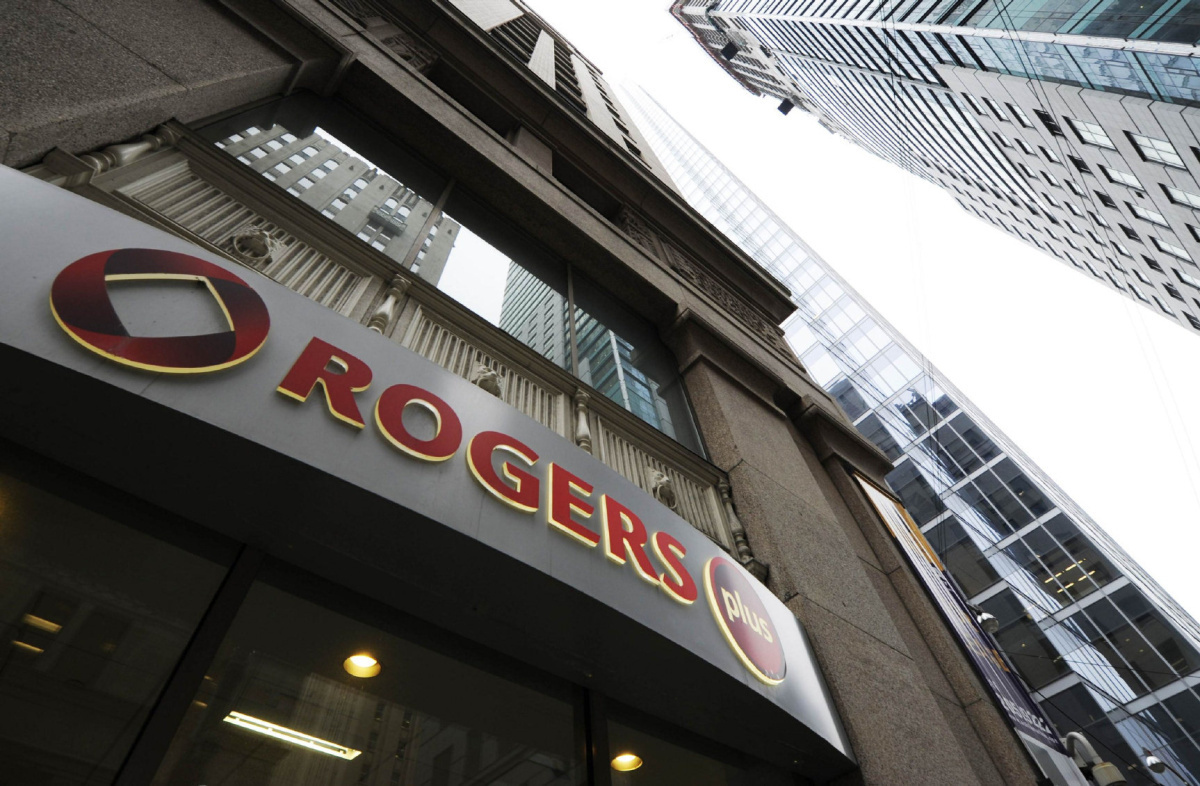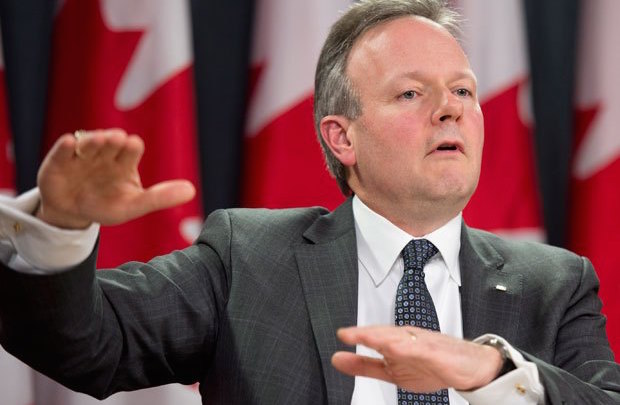A Fed Rate Hike Raises More Questions Than Answers
by Tim Duy, Economist's View
If you had any doubt about the outcome of next week's FOMC meeting, Friday's employment report set you straight. When I try to think about what could stay the Fed's hand at this point, I am down to zombie apocalypse or act of God. I am not betting on either. By next week, we will be wrapping up our coverage of ZIRP, quietly filing away everything we learned for the next recession. That we return to ZIRP in the future remains my long-run view. But that is a concern for a future date.
The employment report was solid, with the economy adding 211k jobs in November while October was revised up to 298k. Some momentum has been lost since the 2014 as the cycle transitioned from late-spring to summer:
This pace of job growth remains sufficient to eat away at remaining underemployment; the Fed believes that even 150k a month would still do the job. The unemployment rate held steady and labor force participation ticked up. Even if unchanged, unemployment at 5% hovers near the Fed's estimates of the natural rate:
It is reasonable to assume that at these job growth rates, unemployment will fall toward 4.5% in the months ahead, pushing wage growth higher. I suspect the Fed would accept unemployment stabilizing near 4.5% in the second half of next year. Optimally, it would stabilize because labor force participation picked up. Alternatively, the job growth could slow to 100k/month naturally or at the hand of the Fed. In practice, I expect some combination.
In other news, the ISM indicators came in soft:
The service sector number continues to bounce around a respectable range. A bit less so for the manufacturing indicator. You need to go back to the mid-80's to find another time the Fed hiked with a sub-50 manufacturing ISM. But this isn't the mid-80's anymore. The Fed is betting that a.) this data is noisy and b.) that the service sector is much, much more important to the economy than manufacturing and c.) some of the weakness in manufacturing will be alleviated as the oil/gas drilling and export drag soften over the next year in relative terms. Speaking of exports, the trade report came with a larger-than-expected deficit, a factor that added another hit to GDP nowcasting models. The Atlanta Federal Reserve Bank's GDPnow indicator is currently tracking at 1.5%, a rate generally believed to be below potential growth. No fear, though, according to Fed Chair Janet Yellen, who in her speech last week highlighted total real private domestic final purchases as the number to watch:
...Growth this year has been held down by weak net exports, which have subtracted more than 1/2 percentage point, on average, from the annual rate of real GDP growth over the past three quarters. Foreign economic growth has slowed, damping increases in U.S. exports, and the U.S. dollar has appreciated substantially since the middle of last year, making our exports more expensive and imported goods cheaper.
By contrast, total real private domestic final purchases (PDFP)--which includes household spending, business fixed investment, and residential investment, and currently represents about 85 percent of aggregate spending--has increased at an annual rate of 3 percent this year, significantly faster than real GDP...
That sent everyone to FRED (the code is LB0000031Q020SBEA) to make charts like this:
When they search through the data for the happy numbers, you know they are looking to hike. Indeed, the clear takeaway from Yellen's speech was that a rate hike was coming (emphasis added):
...In particular, recent monetary policy decisions have reflected our recognition that, with the federal funds rate near zero, we can respond more readily to upside surprises to inflation, economic growth, and employment than to downside shocks. This asymmetry suggests that it is appropriate to be more cautious in raising our target for the federal funds rate than would be the case if short-term nominal interest rates were appreciably above zero. Reflecting these concerns, we have maintained our current policy stance even as the labor market has improved appreciably.
However, we must also take into account the well-documented lags in the effects of monetary policy. Were the FOMC to delay the start of policy normalization for too long, we would likely end up having to tighten policy relatively abruptly to keep the economy from significantly overshooting both of our goals. Such an abrupt tightening would risk disrupting financial markets and perhaps even inadvertently push the economy into recession. Moreover, holding the federal funds rate at its current level for too long could also encourage excessive risk-taking and thus undermine financial stability.
On balance, economic and financial information received since our October meeting has been consistent with our expectations of continued improvement in the labor market...
And this was before the employment report. In any event, we are now well beyond the issue of the first rate hike. The new questions are how gradual will "gradual" be and when will the Fed begin widening down the balance sheet by ending the reinvestment policy. On the first point, the Fed is trying to send the message that subsequent rate hikes will be data dependent and not on any fixed schedule. On the second point, Federal Reserve Governor Lyle Brainard argued to hold the balance sheet at current levels until interest rates are sufficient to provide a cushion for the next recession:
Moreover, because the Federal Reserve's asset holdings help maintain accommodative financial conditions, it would be prudent to maintain reinvestments until the normalization of the federal funds rate is sufficiently far along to allow room to cut nominal rates if economic conditions deteriorate.
Brainard knows she has lost the battle to forestall the first rate hike further and has now chosen to stake out a position on one of the next big issues. My expectation is that the Fed will begin ending reinvestment in the middle of next year. But that is just a baseline; this is an evolving topic.
Bottom Line: Rate hike coming. This round of ZIRP is nearly wrapped up. But that end is really just a new beginning. Arguably, the end of ZIRP raises more questions than it answers. The pace of subsequent tightening, the normalization - or not - of the balance sheet, and the countdown to the next easing are all issues now on the table.
Copyright © Economist's View















